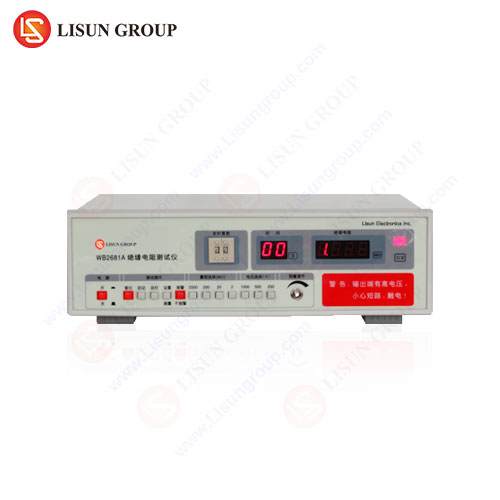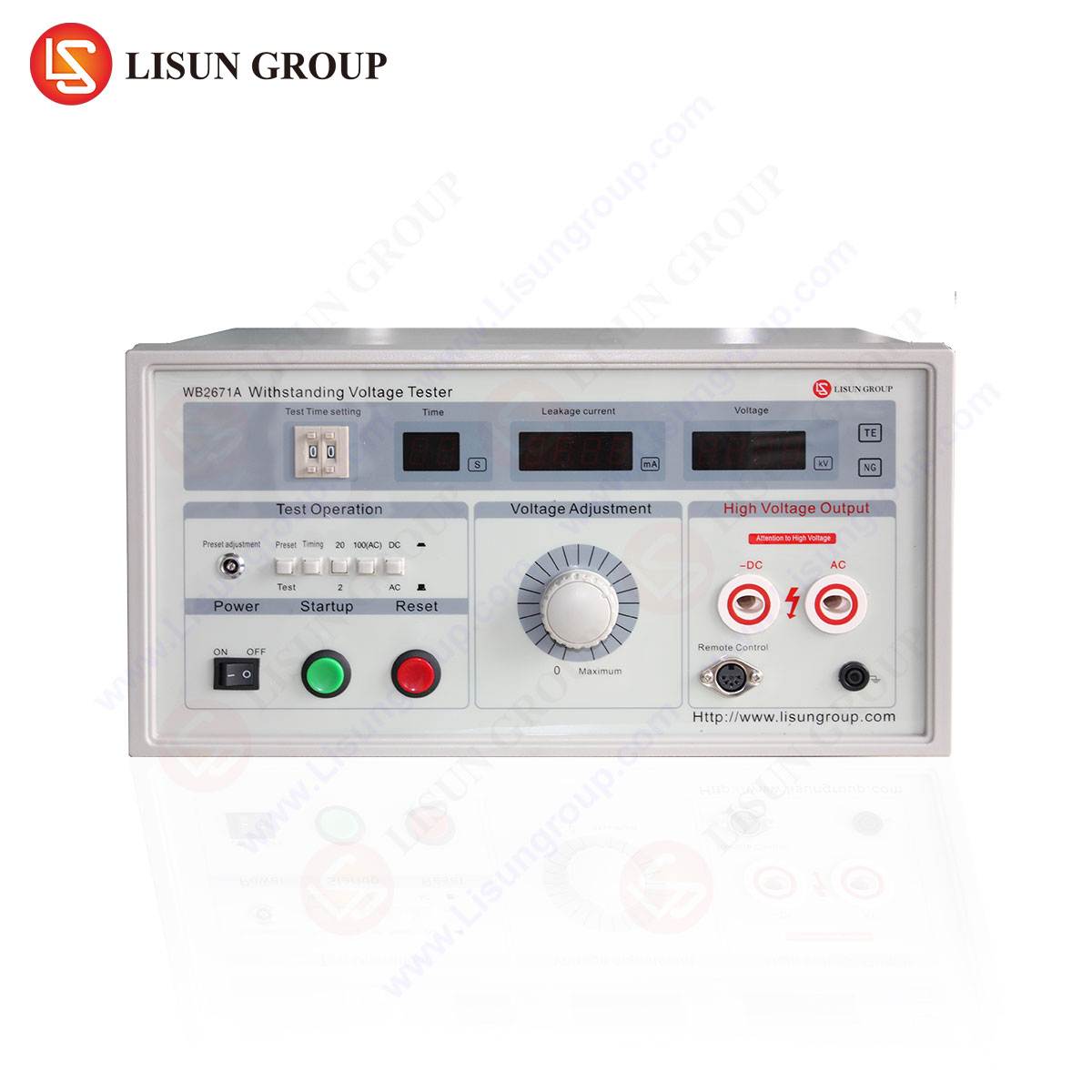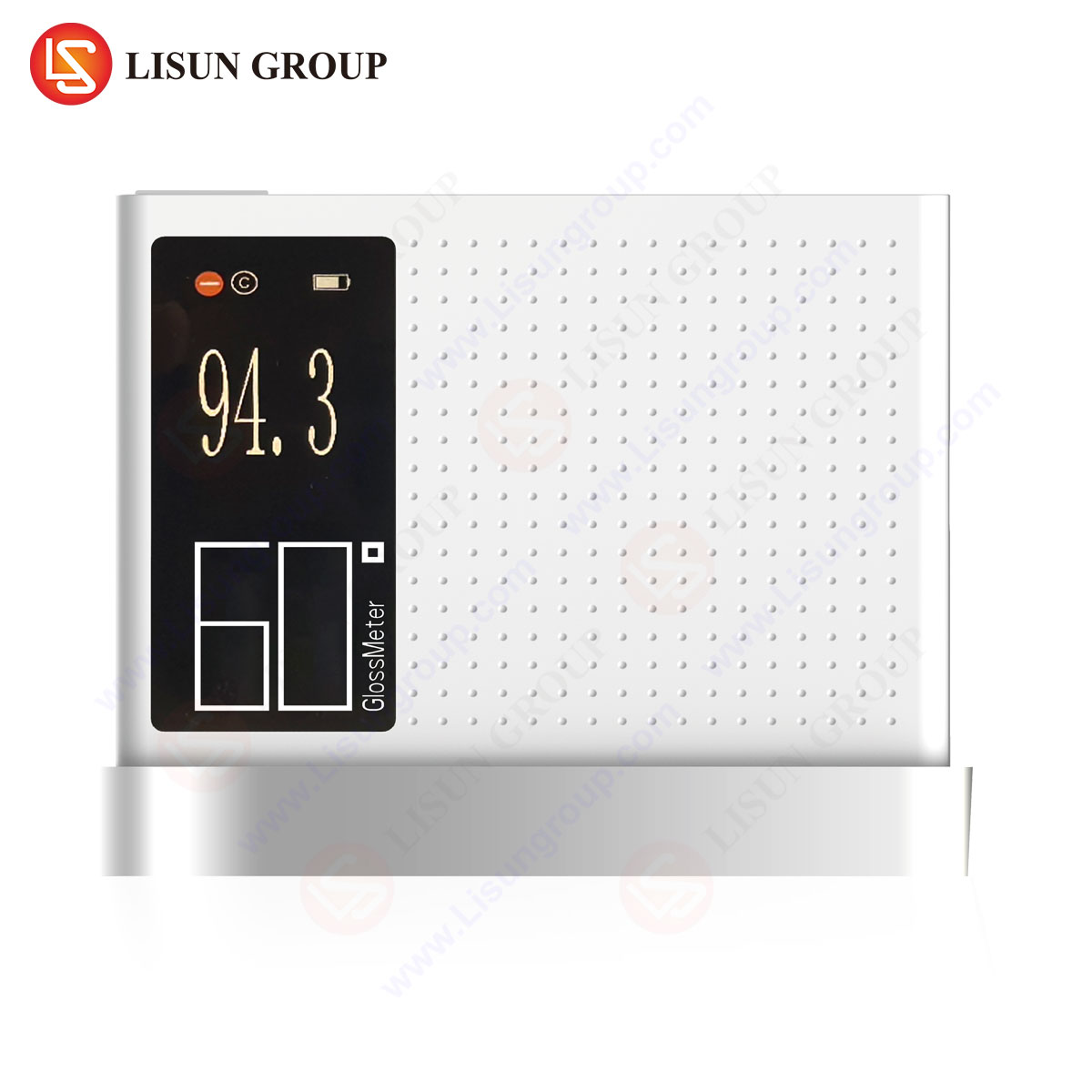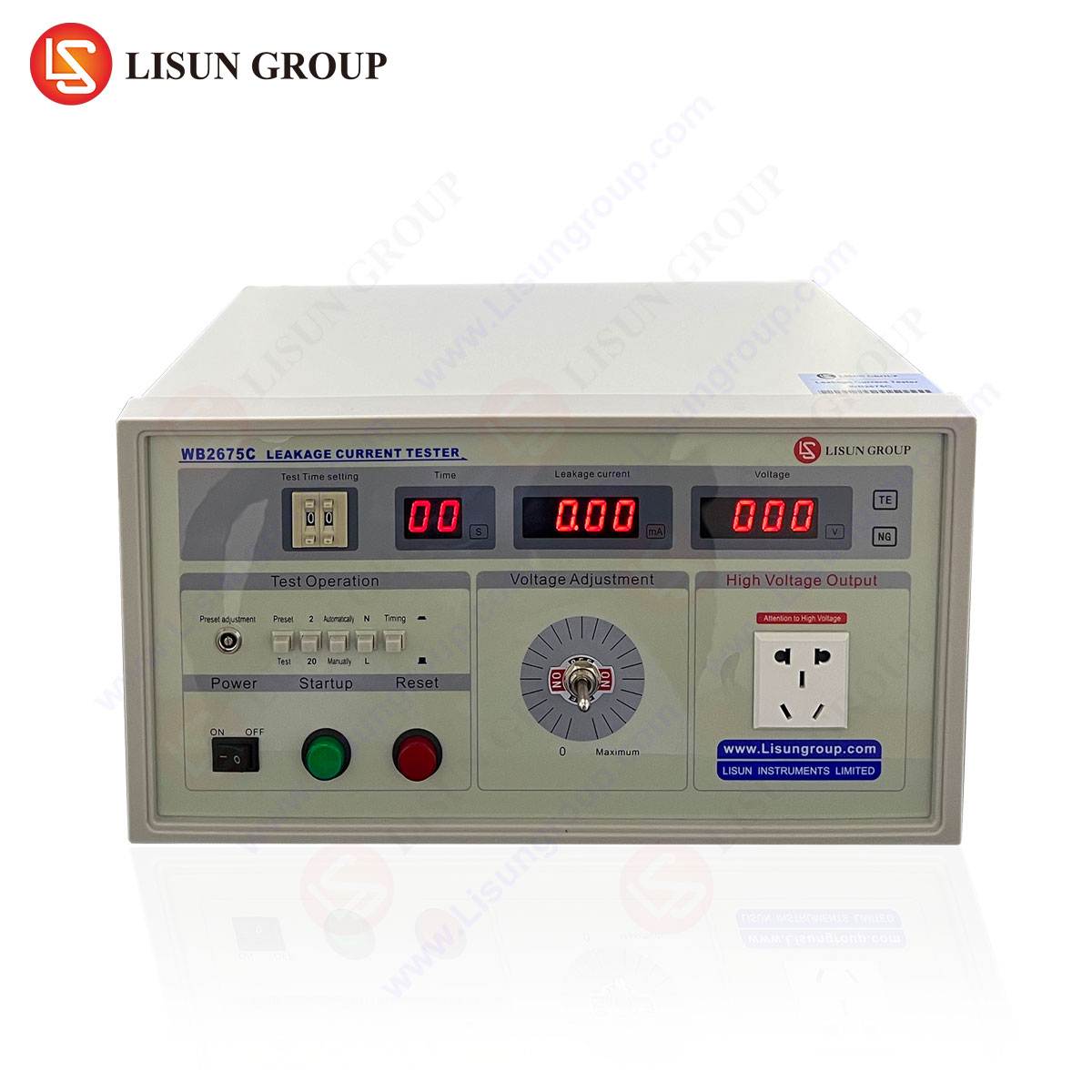Understanding Leakage Current and Its Implications
Leakage current refers to the unintended flow of electrical current in an insulated or isolated system, typically occurring due to imperfect insulation, capacitive coupling, or contamination. In electrical and electronic equipment, excessive leakage current poses safety risks, including electric shock, equipment malfunction, and fire hazards. Regulatory standards such as IEC 60601 (medical devices), IEC 60950 (IT equipment), and IEC 60335 (household appliances) impose strict limits on permissible leakage current to ensure user safety and system reliability.
Accurate measurement is critical across industries—medical devices demand ultra-low leakage thresholds to protect patients, while automotive electronics require robust testing to prevent interference with sensitive control systems. The challenge lies in distinguishing true leakage current from noise, ground loops, and environmental interference.
Fundamentals of Leakage Current Measurement
Leakage current manifests in three primary forms:
- Touch Current (Enclosure Leakage) – Current flowing through a person touching exposed conductive parts.
- Earth Leakage Current – Current returning to ground through protective earth conductors.
- Patient Leakage Current (Medical Devices) – Current that could pass through a patient connected to medical equipment.
Measurement methods vary based on application:
- Direct Measurement – Using a leakage current tester in series with the device under test (DUT).
- Differential Measurement – Comparing current flow in live and neutral conductors to detect imbalances.
- Alternative Path Simulation – Applying artificial networks (e.g., IEC 60990 measuring networks) to simulate human body impedance.
Instrumentation for Precision Leakage Current Testing
High-accuracy instruments are essential to comply with international standards. The LISUN WB2675D Leakage Current Tester exemplifies a specialized solution designed for rigorous testing across multiple industries.
Key Specifications of the WB2675D Leakage Current Tester
| Parametr | Specyfikacja |
|---|---|
| Zakres pomiaru | 0.001 mA to 20 mA |
| Dokładność | ±(2% + 5 digits) |
| Napięcie testowe | 0–250 V AC/DC |
| Zakres częstotliwości | 40 Hz to 1 kHz |
| Standardy zgodności | IEC 61010, IEC 60990, GB 4706.1 |
| Wyświetlacz | High-resolution LCD with real-time waveform monitoring |
| Output Interfaces | USB, RS232 for data logging |
The WB2675D integrates adjustable test networks (e.g., human body simulation models) to replicate real-world conditions, ensuring measurements align with safety thresholds. Its auto-ranging capability minimizes manual adjustments, while built-in filtering suppresses electromagnetic interference (EMI) for stable readings.
Industry-Specific Applications of Leakage Current Testing
Medical Devices and Patient Safety
Medical equipment, particularly devices with patient connections (e.g., dialysis machines, ECG monitors), must adhere to IEC 60601-1 limits (typically < 100 µA under normal conditions). The WB2675D’s high sensitivity ensures compliance with stringent norms, detecting minute currents that could endanger patients.
Urządzenia gospodarstwa domowego i elektronika użytkowa
Appliances like refrigerators, washing machines, and power adapters undergo mandatory leakage testing per IEC 60335. The WB2675D’s fast sampling rate identifies intermittent leakage caused by moisture ingress or insulation degradation.
Automotive Electronics and EV Components
Electric vehicles (EVs) incorporate high-voltage systems where leakage could disrupt battery management or onboard electronics. The tester’s wide frequency range accommodates PWM-driven circuits common in EV chargers.
Industrial Control Systems and Telecommunications
Industrial PLCs and telecom base stations require leakage current monitoring to prevent ground faults. The WB2675D’s differential measurement mode isolates leakage from operational currents, enhancing diagnostic accuracy.
Best Practices for Minimizing Measurement Errors
- Environmental Control – Conduct tests in low-EMI environments to prevent false readings.
- Proper Grounding – Ensure the DUT and test equipment share a common ground reference.
- Warm-Up Period – Allow instruments to stabilize for 15–30 minutes before critical measurements.
- Kalibracja – Regularly verify instrument accuracy using traceable reference standards.
Comparative Advantages of the WB2675D in Industrial Testing
- Zgodność z wieloma standardami – Supports IEC, UL, and GB standards, eliminating the need for multiple testers.
- Real-Time Data Logging – Captures transient leakage events missed by conventional meters.
- Enhanced Noise Immunity – Digital signal processing (DSP) filters out harmonics and RF interference.
FAQ: Leakage Current Testing and the WB2675D
Q1: What distinguishes earth leakage from touch current?
Earth leakage flows through grounding conductors, while touch current passes through a user contacting exposed parts. The WB2675D measures both using selectable test networks.
Q2: Can the WB2675D test DC leakage in EV batteries?
Yes, its DC measurement mode (0–250 V) evaluates insulation resistance and leakage in high-voltage automotive systems.
Q3: How does the WB2675D handle capacitive leakage in high-frequency circuits?
The instrument’s 1 kHz bandwidth and adjustable weighting filters account for capacitive coupling effects.
Q4: Is the WB2675D suitable for pre-compliance testing?
Absolutely. Its adherence to IEC 61010 and IEC 60990 ensures alignment with certification requirements.
Q5: What is the typical warm-up time for stable measurements?
For optimal accuracy, allow 20 minutes of operation before conducting precision tests.






